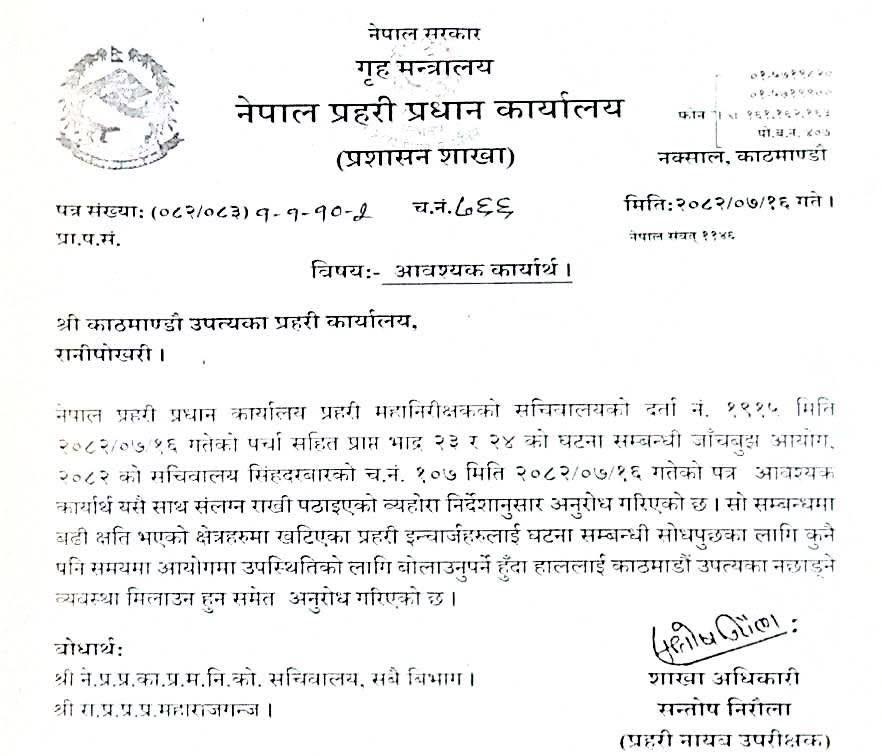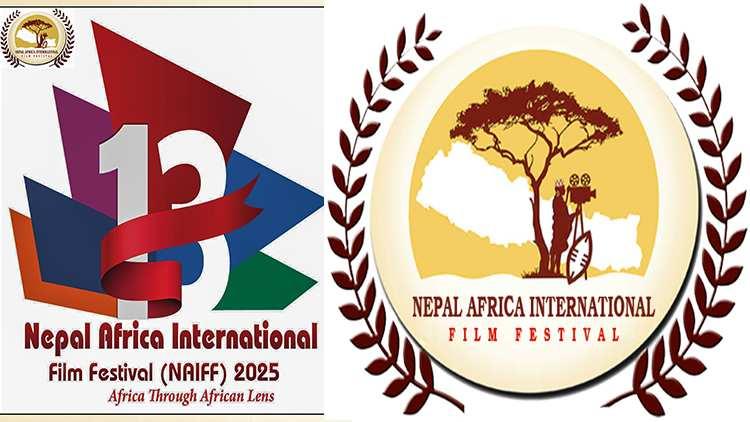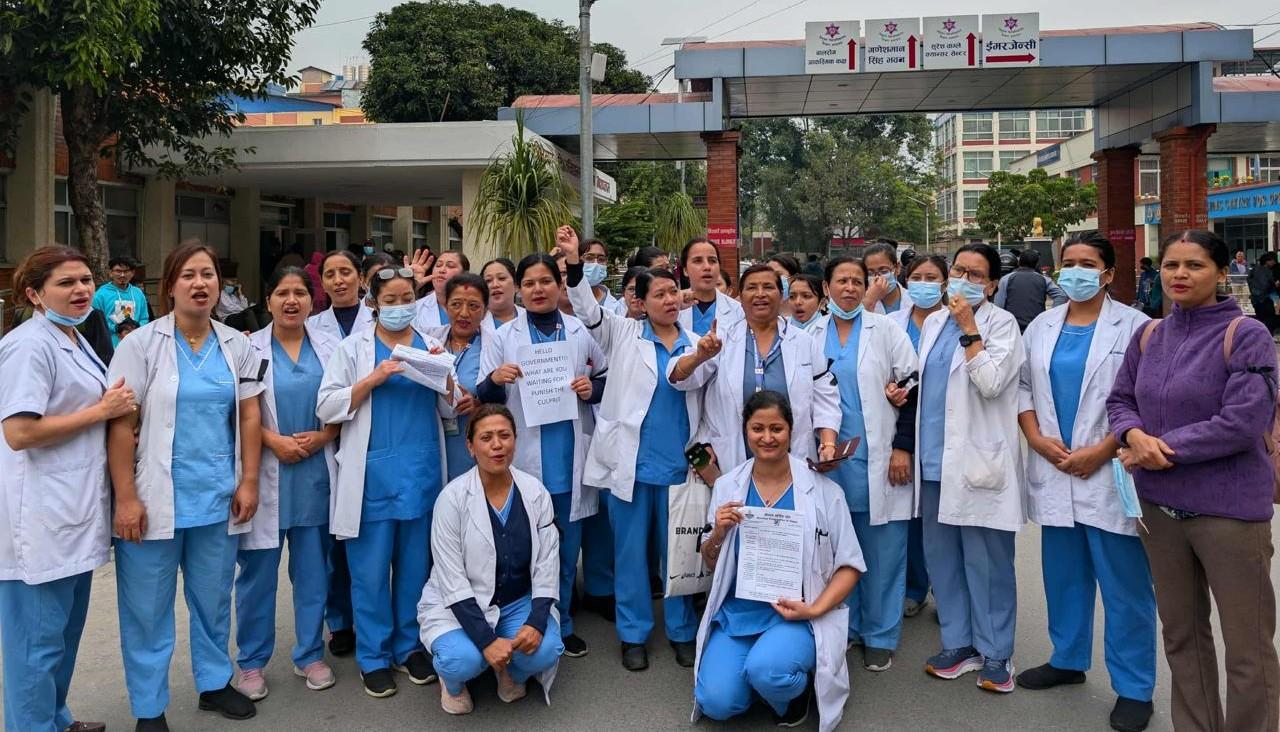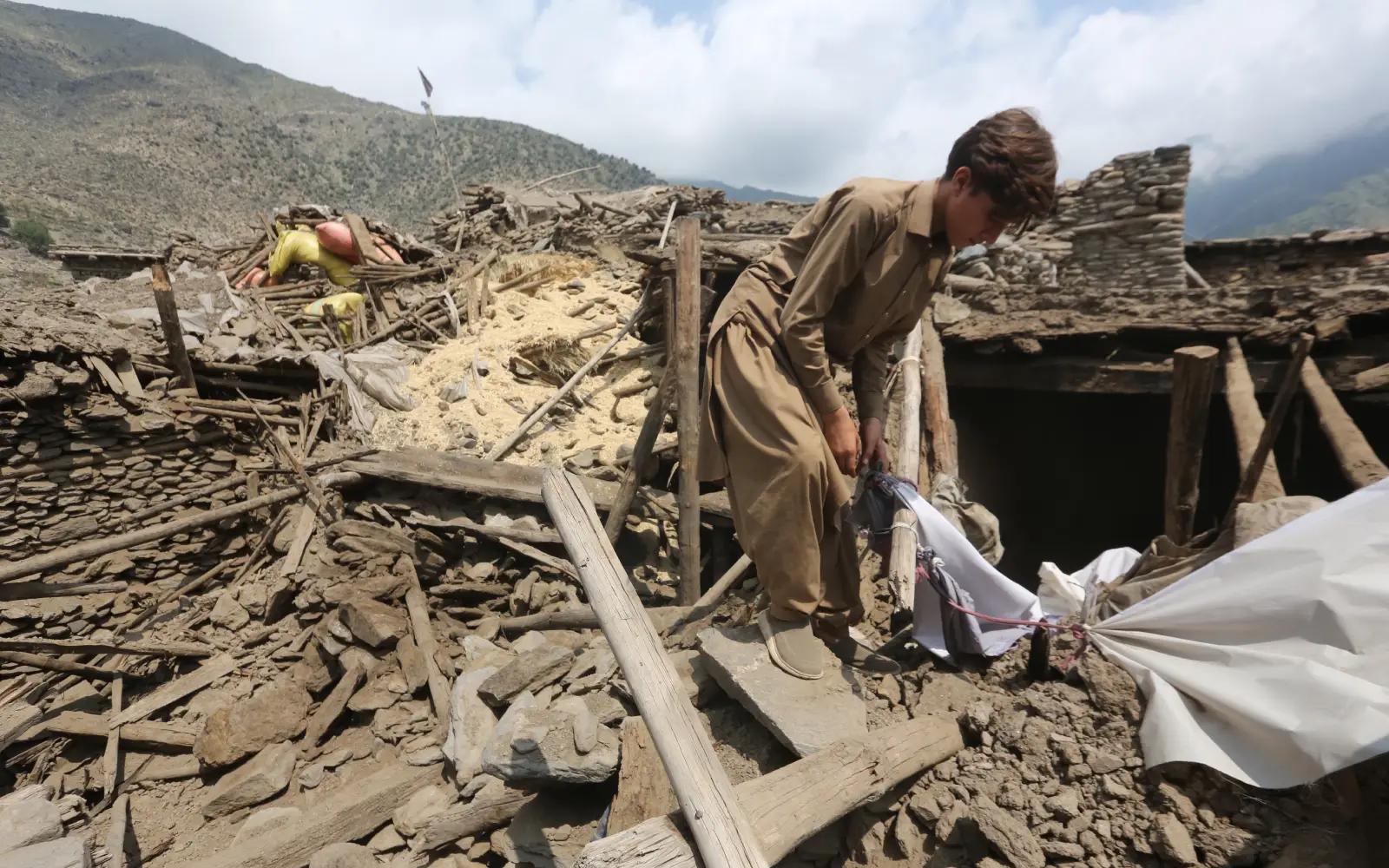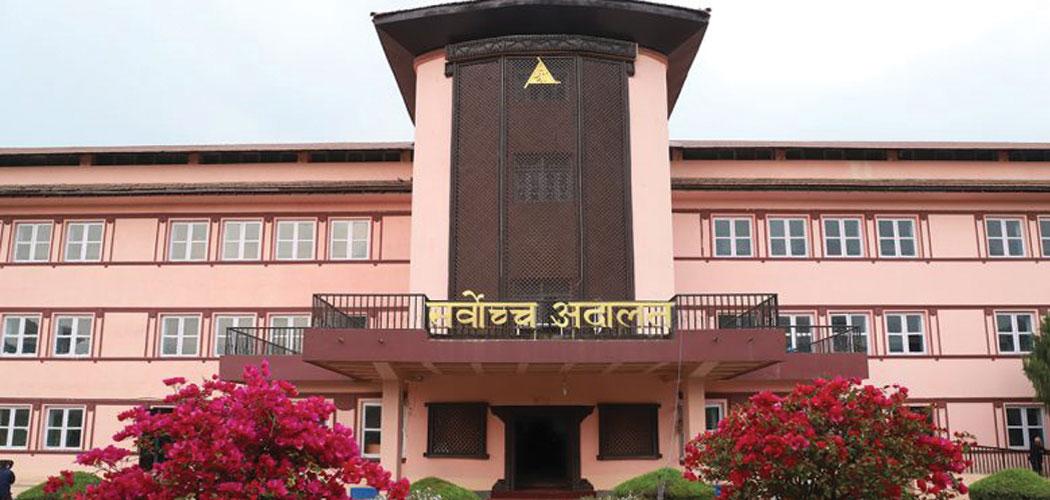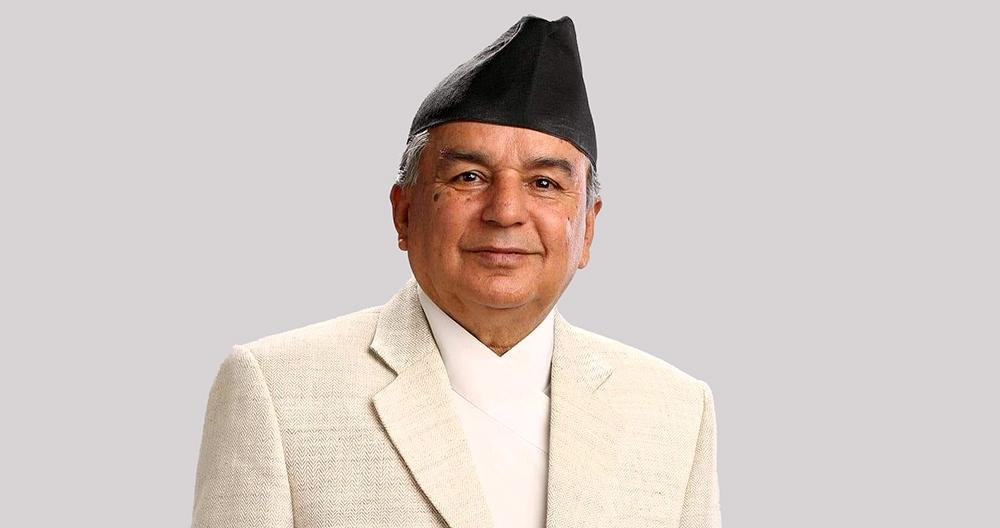On April 10, nepalverifiednews.com struck up a conversation with Sagun Sunder Lawoti, spokesperson for the Rastriya Prajatantra Party, on their protests for the restoration of the constitutional monarchy and the Sanatan Hindu kingdom, and the way forward.
Nepal Verified News
Sun Apr 13 2025

On April 10, nepalverifiednews.com struck up a conversation with Sagun Sunder Lawoti, spokesperson for the Rastriya Prajatantra Party, on their protests for the restoration of the constitutional monarchy and the Sanatan Hindu kingdom, and the way forward.
This conversation, part of our effort to reach out to leaders across the political spectrum, comes amid analyses that while the royalists are hotting up, the Joint People's Movement Committee tasked with steering the movement after the house arrest of its coordinator, Navaraj Suvedi, is not exactly firing on all four cylinders, with several parties, campaigns and groups associated with the Committee not exactly acting like birds of a feather.
Is it true that the Joint People's Movement Committee has not been that effective in steering the movement?
I don't think so. After the committee was constituted under the leadership of senior politician Navaraj Suvedi, it announced its proposition for a new order. The four-point proposal consisted of: 1) constitutional monarchy with multi-party democracy, 2) Sanatan Hindu kingdom, 3) end to federalism and 4) Corruption control and good governance. The Committee called for a constitutional changeover as the way forward. It proposed a new agreement, a new order, based on the gains of the two constitutions, namely the Constitution of 1990 (constitutional monarchy and multi-party democracy) and the Constitution of 2015 (social justice, inclusion). Fundamentally, it vouched on the respect to human rights, pluralism and a democratic order.
Our party (the RPP) endorsed the committee through a formal meeting , so did the Kamal Thapa led RPP-Nepal, Keshar Bahadur Bista-led Rastriya Shakti Nepal, Shiva Sena Nepal, the Nepali Congress-BP and several others, including that of Durga Prasain. And the impact that the committee has had in national affairs and the connect it has established with the people at large, no doubt, has been immense, particularly given the fact that the committee has only been functional for about two to three weeks. And, as you know, Suvedi, after his house arrest, appointed Jagman Gurung (PhD) as the acting coordinator.
What is the status of the movement?
The spokesperson for the Joint People's Movement Committee, Swagat Nepal, has said that the movement has not yet begun, that the Tinkune event (March 28) was a declaration session. As is evident, the public, onlookers and even the media may have expected continued street protests or activities on the street following the Tinkune event. However, as the committee has clarified, it has a different plan lined up.
Irrespective of the expectation, critique per se, I am hopeful the people's movement will successfully give vent to people's aspirations, frustrations and contribute in establishing a democracy in the truest of sense; contrary to what stands limited in paper and rhetoric under the republic.
The groundswell of support seen on March 28 were not only supporters of Durga Prasain and the RPP. Members of the public not associated with any party, group or campaign turned up at Tinkune in huge numbers. It was a similar case when the King returned from Pokhara (on March 9). The public, not necessarily party members, and moreover youths were seen partaking in both the events in large numbers.
Let’s talk about the March 28 riots and deaths. Is this spate of violence not a setback for this campaign for the Hindu kingdom and constitutional monarchy?
The riots and deaths were in fact a setback for the government. It was an eyeopener for the republic, which has failed the people and the country in all counts.
The government totally failed to ensure safety and security of the citizens. It miserably failed to safeguard human rights and democratic rights of the people – namely the right to freedom of expression, the right to dissent, and the right to peaceful assembly.
The government used disproportionate force, and instead of resorting to minimum use of force fired live bullets at unarmed peaceful protesters, and even bystanders and pedestrians who were not part of the protest sustained fatal bullet injuries. A youth and a journalist lost their lives. So much so, the government used semi-automatic weapons such as the INSAS and SLR, meant only for a war, and never a peaceful assembly.
The police fired dozens of date-expired teargas shells, and disrupted the public meeting even before it started. The police bombarded the stage with teargas shells, peculiarly so, when the organizer was playing the national anthem.
The government is still refusing to conduct an impartial judicial investigation into the violence and deaths. A citizens’ committee has taken shape under senior advocate Devendra Lal Nepali to investigate the incident.
Your party recently organized a protest in Balkhu. How did it go?
It went well. The RPP is planning to wage a fresh movement starting from Baisakh 7 (April 20).
How upbeat are you about the movement?
I am quite optimistic. Change has become a necessity, this to put the house in order. The government, more so the NC, the UML and the Maoists have to read the writing on the wall. They have to accept the public sentiment and their total failure. Well, if you ask me, the countdown for the end of the republic has already begun.
No comments yet

